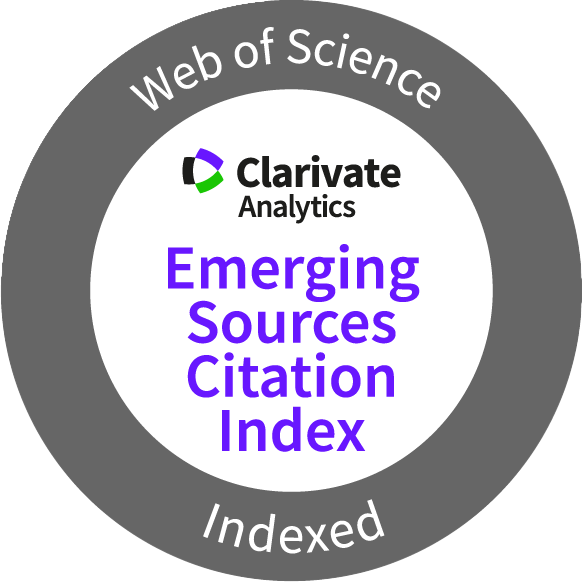A plant microfossil and parasite record from Taranaki, New Zealand reveals Māori translocations and intestinal parasites
DOI:
https://doi.org/10.70460/jpa.vi.356Abstract
The study of Māori agriculture in New Zealand has been hindered by lack of direct evidence, i.e., plant remains. While combined microfossil (pollen, phytoliths, and starch) studies are showing promise, many regions, including the North Island’s west coast, have received little attention. Here we address these hindrances with microfossil analysis of archaeological substrates at Pohokura in one such region, Taranaki, to shed light on local Māori activity. Results are similar to previous pre-contact studies from other regions, showing large scale landscape disturbance by people, gastrointestinal parasites, and agricultural activity with the discovery of remains of the Māori introduced cultigens cf. Colocasia esculenta, Cordyline cf. fruticosa, and cf. Ipomoea batatas. Given the highly variable production and preservation of different plant and animal tissues, the study also illustrates the value of combining the three different types of analyses for the study of ancient human activity. The addition of parasitological analysis, in this case identifying eggs of Ascaris lumbricoides and Toxocara canis, parasites that would have adversely affected local people and their dogs, extends the combined approach to the realm of helminthiasis. Assuming dating correlation is correct, this represents the first firm report of pre-European A. lumbricoides eggs in Oceania.
Downloads
Published
How to Cite
Issue
Section
License
Copyright (c) 2024 Journal of Pacific Archaeology

This work is licensed under a Creative Commons Attribution 4.0 International License.
https://creativecommons.org/licenses/by/4.0/








